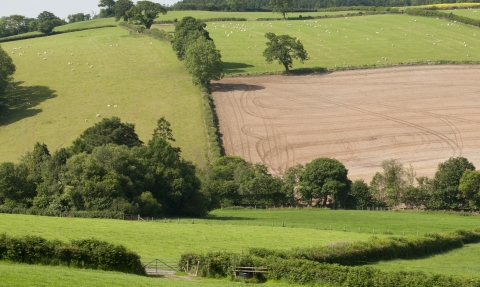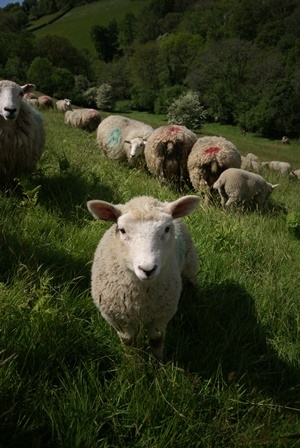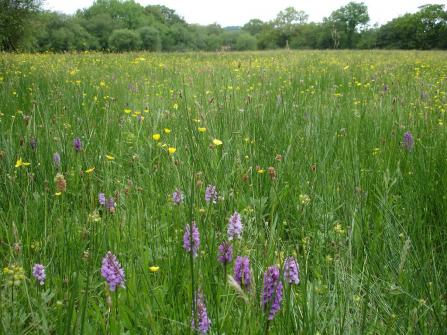
Photo, Ross Hoddinott/2020VISION
On the farm
Farmyard wildlife
Devon is a farming county and centuries of Devon’s farmers have created a huge variety of landscape types and places for wildlife

Photo, Steve Hussey
About farming
-
Devon’s farming is dominated by livestock. Moorland sheep farms, beef herds and dairy farming - all have had a big influence on the county’s wildlife
- Devon’s farms remain plentiful and small – fewer than 1 in 10 farms is more than 100 hectares in size
- Changes to modern farming methods have altered traditional landscapes, placing pressure on their wildlife
Primrose. Photo, Kevin New
Working together
Modern farming often comes in for criticism for its adverse impact on wildlife. But for the past 25 years Devon Wildlife Trust has worked with hundreds of farmers to bring together the need to produce food with the needs of nature.
Devon still contains more than 30,000 miles of hedges. These act as wildlife feeding stations, highways and homes.
The shelter of a Devon hedge is the place to find the first primroses and violets of spring, while as the days warm up yellowhammers and orange-tip butterflies add more colour. Keep a keen eye out for the sudden movement of bank voles and wood mice, along with the stoats and weasels that hunt them.
From thick bushy hedgerows and wildflower meadows to small woodlands and orchards, there are many opportunities for wildlife to thrive across the farm. The greater horseshoe bat is just one example of the special animals that use our farmed landscape, and with a little care it is possible to encourage wildlife whilst maintaining a productive farm.DGHBP Advisory Officer

Open fields rich in wildflowers are now a rarity, but in the Culm grasslands of North Devon orchids still show their impressive flower spikes each summer. Bird’s-foot trefoil, meadowsweet, Devil’s-bit scabious and ragged robin all compete with them for space.
As the weather chills open fields become a place for winter birds including lapwings, fieldfares and redwings. Keep an eye open for flocks as they scour the ground for insects and worms.
Farmyard wildlife
Barn owls and little owls use farm buildings as nest and roosting sites. Many old Devon barns were built with an ‘owl window’ in the hope that barn owls would take up residence and keep a check on the local rodent population.
Swallows are another familiar farmyard sight and sound. Feasting on the flies that are attracted to manure piles and slurry pits, the swallows also raise their broods in nests of mud balanced along the beams of farm buildings.
Find out more about a species you've seen
Become a member and support our work
The vital work we do for nature depends on the support of people who care about the future of Devon’s wildlife and wild places.
